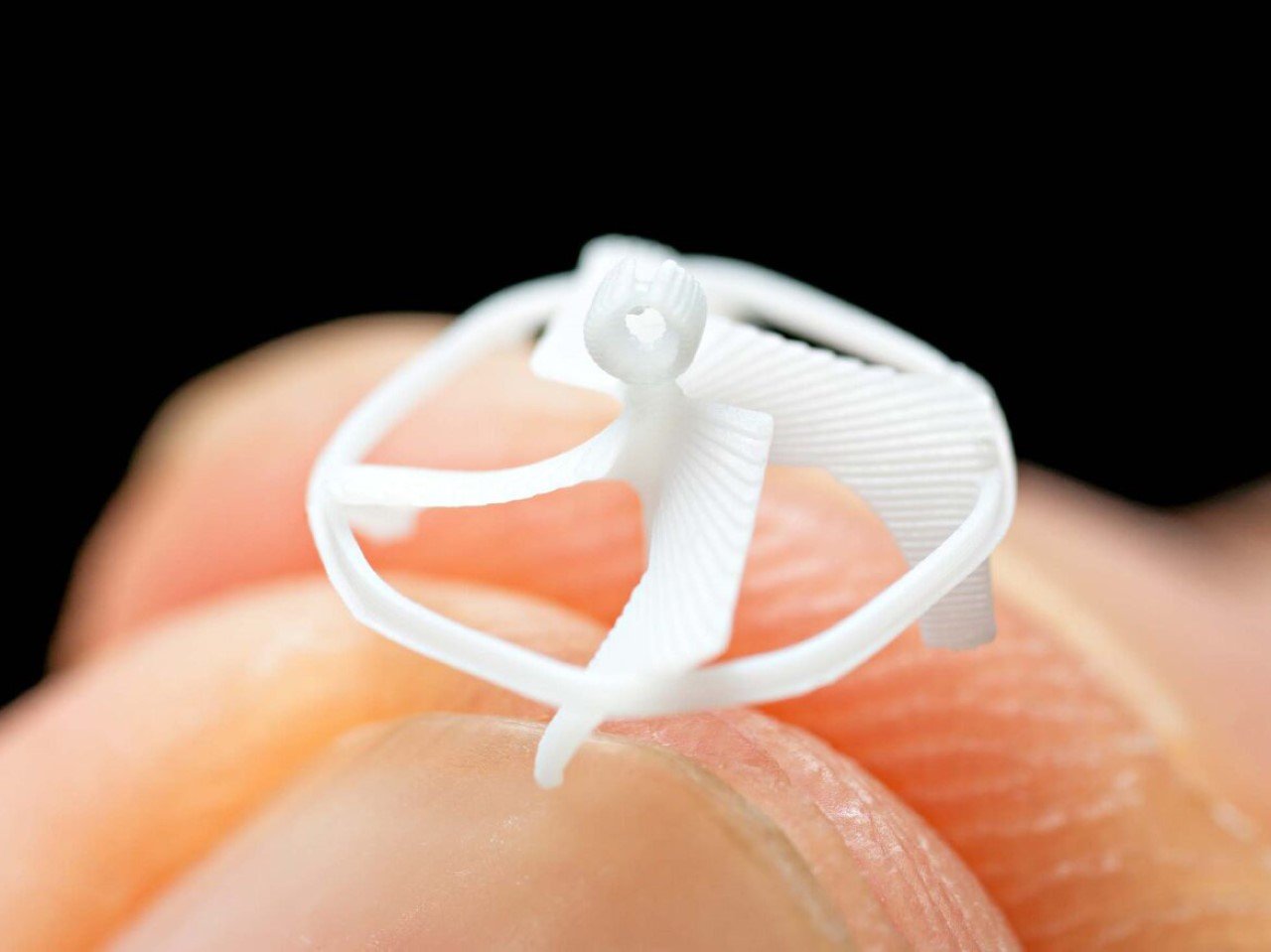
"Back when we imagined the future, flying robots were always loud, blinking, and somehow armed - straight out of a '90s sci-fi flick. The reality, as it turns out, is much quieter, more delicate, and surprisingly elegant."
"Instead of flapping wings or spinning rotors, this insect-inspired robot runs on magnetic fields. Its tiny two-magnet system acts as both its propeller and flight controller."
"Desginers: Wei Yue, Liwei Lin, UC Berkeley Small robots have been around for years - the real puzzle was ditching the battery."
"The result is a fully wireless micro-robot that can hover in place, dart to a target, or navigate tight, cluttered spaces."
UC Berkeley has developed a revolutionary battery-free flying robot weighing just 21 milligrams, inspired by the natural engineering of insects. This innovative device utilizes magnetic fields for flight, eliminating the need for bulky batteries, which are too heavy for such tiny structures. Designed by Wei Yue and Liwei Lin, the robot is capable of precise movements, reminiscent of bee behavior, allowing it to perform delicate tasks like artificial pollination and environmental monitoring. Its elegant design showcases a new frontier in robotics with applications in search and rescue.
Read at Yanko Design - Modern Industrial Design News
Unable to calculate read time
Collection
[
|
...
]